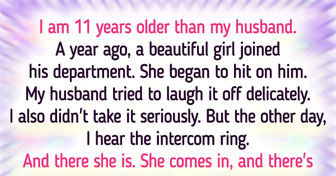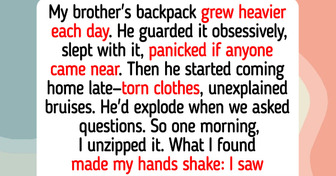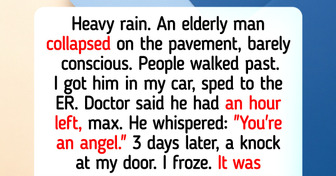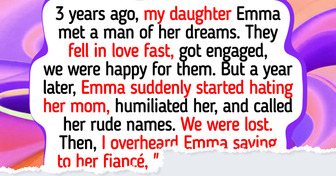“Pushing 60, Trying to Look 30,” Nicole Kidman’s New Bold Style Is Deemed Age-Inappropriate

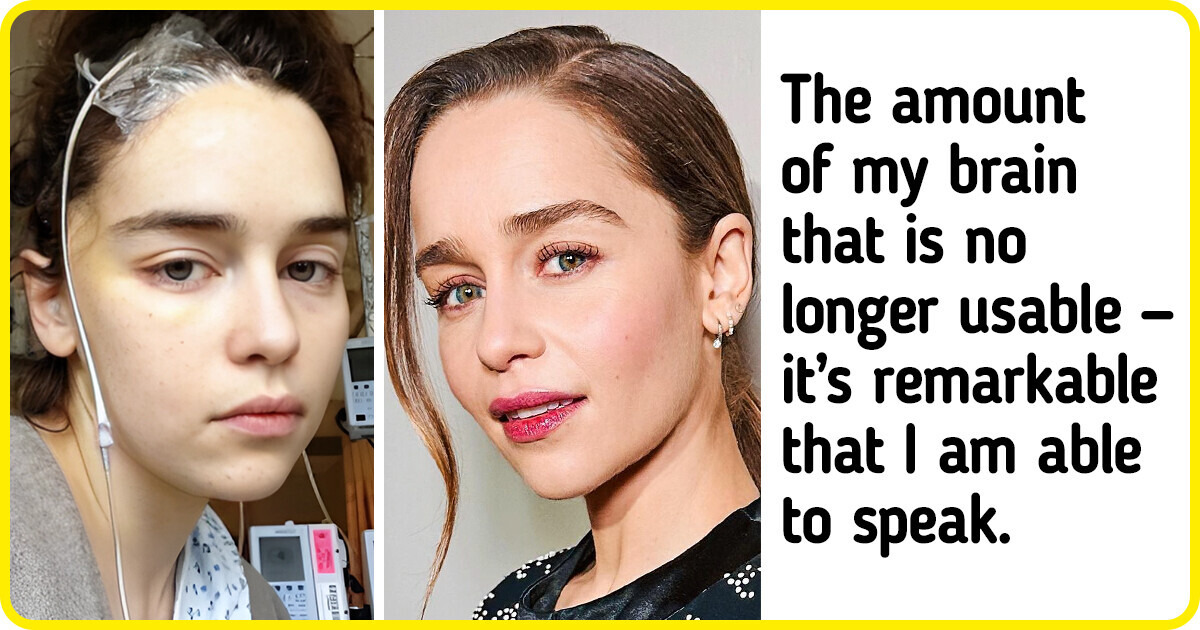
Emilia Clarke, renowned for her portrayal of the fearless Daenerys Targaryen in Game of Thrones, proves to be just as courageous in real life. Beyond the realm of fantasy, she faced life-threatening challenges, surviving two brain aneurysms. The strength she exhibited on-screen mirrors her resilience off-screen, as she undertook extraordinary measures to ensure her survival. Clarke’s journey paints a portrait of a truly brave woman who conquered the impossible in both fiction and reality.
Back in 2011, after finishing the first season of Game of Thrones, something scary happened to Emilia Clarke that she’s never shared before.
It was the start of 2011, and she was working out in a gym in North London to ease the stress. On February 11, 2011, while getting ready in the locker room, she got a really bad headache. She was so tired that putting on her sneakers was a struggle. During her workout, she felt like her brain was being squeezed when she got into the plank position.
She tried to ignore the pain, but it got worse. Emilia had to tell her trainer she needed a break. She barely made it to the locker room, feeling like an elastic band was squeezing her brain. She got sick and knew something was seriously wrong with her brain.
She tried to will away the pain and nausea, telling herself she wouldn’t be paralyzed. She moved her fingers and toes to make sure she could. In those scary moments, she even tried to remember lines from Game of Thrones to keep her memory sharp.
Finally, she underwent a detailed brain scan. The diagnosis came swiftly and foreboding: a subarachnoid hemorrhage (SAH), a critical form of stroke caused by bleeding into the space surrounding the brain. An aneurysm, the rupture of an artery, was identified.
Shockingly, about a third of SAH patients face immediate or near-immediate mortality. Survivors require urgent treatment to secure the aneurysm, as there exists a significant risk of a subsequent, potentially fatal bleed. To survive and avert severe impairments, she had to undergo immediate surgery. Even then, outcomes were uncertain.
For the next three hours, surgeons went about repairing her brain. This would not be her last surgery, and it would not be the worst. She was twenty-four years old.
In 2013, one more brain aneurysms operation happened because her doctor found one more big problem. When they woke her, she was screaming in pain. The procedure had failed. She had a massive bleed, and the doctors made it plain that her chances of surviving were precarious if they didn’t operate again.
This time, they needed to access her brain in the old-fashioned way—through her skull. And the operation had to happen immediately. The recovery was even more painful than it had been after the first surgery.
“The amount of my brain that is no longer usable — it’s remarkable that I am able to speak, sometimes articulately, and live my life completely normally with absolutely no repercussions,” Clarke says. She is grateful that she is in a small minority of people that can survive that.
Emilia Clarke has established a charity named SameYou. It’s dedicated to supporting individuals dealing with brain injury and stroke. Despite overcoming her own medical challenges, she has embraced her current health condition.



